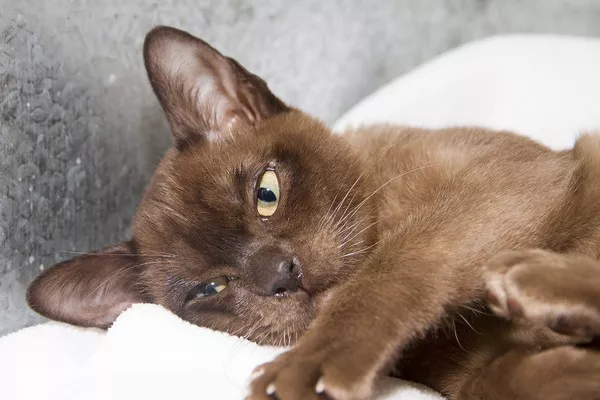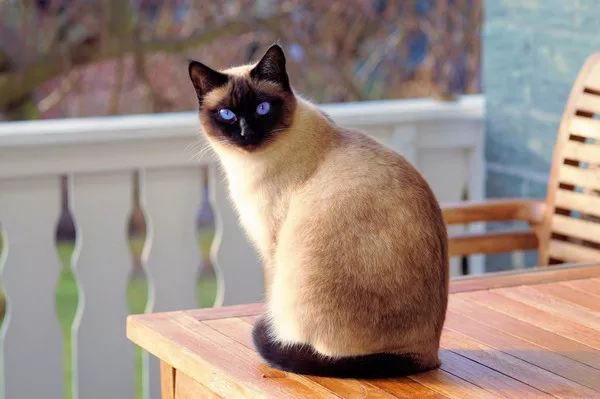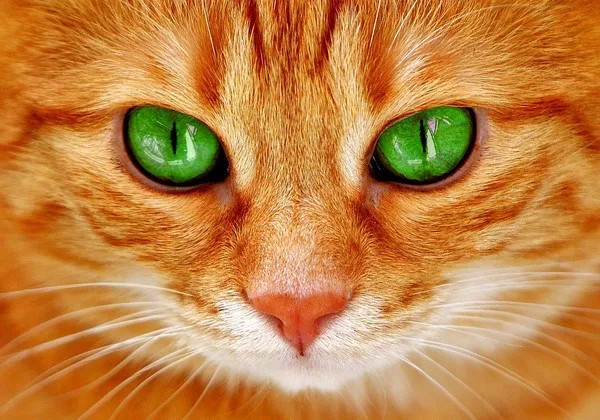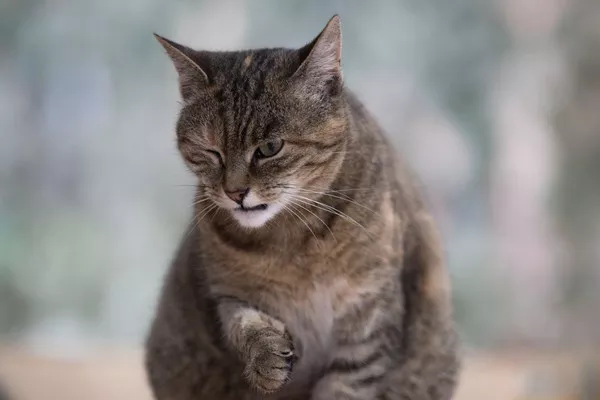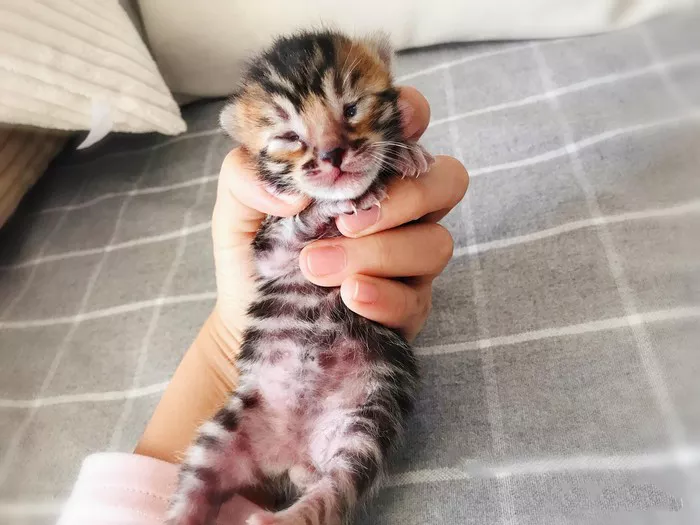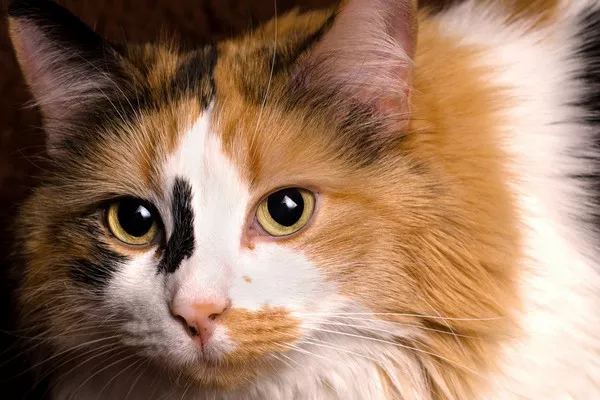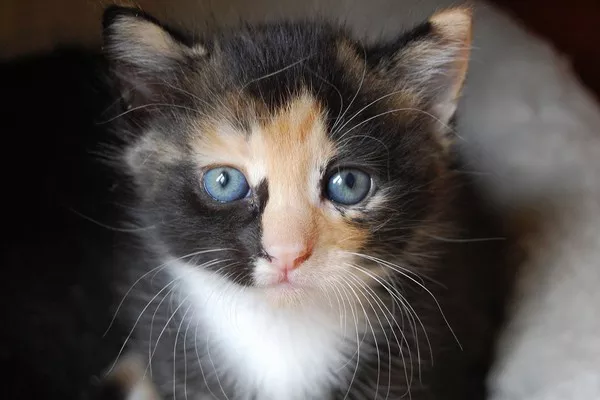Burmese cats, renowned for their silky coats and affectionate nature, have captured the hearts of cat enthusiasts worldwide. However, an intriguing and somewhat perplexing notion has circulated within feline lore— the idea that Burmese cats change colors in the fridge. In this exploration, we delve into the origins of this peculiar belief, scrutinize the science behind cat fur, and ultimately unravel the truth behind the enigmatic claim of color change in the fridge.
The Allure of Burmese Cats
Before delving into the color change conundrum, let’s first appreciate the inherent charm of Burmese cats. Originating from Burma, these felines have a rich history as sacred companions to priests. Characterized by their sleek and muscular build, rounded eyes, and short, glossy coat, Burmese cats exude elegance and warmth. Their affectionate temperament and playful demeanor make them popular choices for households seeking loving feline companions.
The Enigma: Do Burmese Cats Change Colors in the Fridge?
The notion that Burmese cats undergo a change in coat color when placed in the fridge might seem like a whimsical and implausible claim. However, like many peculiar beliefs surrounding animals, this one has persisted in anecdotal tales and discussions among cat enthusiasts. To understand the truth behind this mystery, we need to explore the science of cat fur and the factors influencing its appearance.
1. The Science of Cat Fur Color
The color of a cat’s fur is determined by pigments produced in the hair follicles. Two primary types of pigments contribute to the wide array of coat colors observed in cats: eumelanin and pheomelanin. Eumelanin produces black and brown colors, while pheomelanin produces red and yellow colors. The interaction and distribution of these pigments result in the diverse coat patterns and hues seen across various cat breeds.
In the case of Burmese cats, their coat color is genetically determined. The Cat Fanciers’ Association (CFA) recognizes four primary color variations for Burmese cats: sable, champagne, blue, and platinum. These colors are a product of specific genetic combinations that dictate the expression of pigments in the fur.
2. The Role of Temperature
The claim that Burmese cats change colors in the fridge is often linked to the misconception that these cats are sensitive to temperature changes. While it is true that temperature can influence the expression of certain coat color genes in animals, the notion that a Burmese cat‘s coat undergoes a visible transformation in the fridge requires closer scrutiny.
Temperature sensitivity in cats is not exclusive to the Burmese breed. The Himalayan cat, for example, exhibits a color-point pattern where the extremities, such as the ears, face, paws, and tail, are darker in color due to temperature-sensitive pigment production. However, the overall coat color of the cat remains constant, and the change is reversible when the cat is exposed to warmer temperatures.
3. Understanding the Color-Point Pattern
To grasp the intricacies of temperature-sensitive coat color changes, it’s essential to explore the color-point pattern observed in certain cat breeds. The Himalayan cat, a close relative of the Burmese, is a classic example of a color-point breed. The color-point pattern is characterized by a lighter body color and darker points on the extremities, creating a striking contrast.
In color-point breeds, the enzyme responsible for pigment production is temperature-sensitive. When exposed to cooler temperatures, the enzyme becomes more active, leading to the production of darker pigments in the colder areas of the body. This phenomenon is known as tyrosinase inhibition.
However, it’s crucial to note that the color-point pattern is a natural and inherent trait in certain breeds, and it does not involve a complete change in the overall coat color. The temperature-sensitive darkening is limited to specific areas, creating the characteristic points that define these breeds.
4. Dispelling the Myth: Burmese Cats and Color Change
Returning to the claim that Burmese cats change colors in the fridge, it is essential to clarify that there is no scientific basis for such a phenomenon within the Burmese breed. Burmese cats do not exhibit a color-point pattern, and their coat color is genetically determined rather than being influenced by external temperature changes.
The belief in the color change may have arisen from observations of other color-point breeds or perhaps from the natural variation in the perception of coat color under different lighting conditions. However, the idea that a Burmese cat’s coat undergoes a dramatic transformation in the fridge lacks scientific validity.
5. The Influence of Lighting Conditions
The appearance of a cat’s fur can be influenced by lighting conditions, which may contribute to the perception of color changes. Natural light, artificial light, and different angles of illumination can alter the way colors are perceived. Photographs taken under varying lighting conditions may capture different aspects of a cat’s coat color, leading to misconceptions about color changes.
In the case of Burmese cats, their coat color may appear richer or warmer under certain lighting conditions, creating the illusion of a change. However, this is a normal optical phenomenon influenced by the interaction of light with the cat’s fur pigments, and it does not involve an actual alteration in the cat’s coat color.
Factors Affecting Coat Appearance
Several factors can influence the appearance of a cat’s coat, aside from genetics and lighting conditions. These include the cat’s health, diet, grooming habits, and overall well-being. A healthy and well-cared-for cat is more likely to have a vibrant and lustrous coat.
Additionally, the shedding of old fur and the growth of new fur can affect the coat’s appearance. Regular grooming helps remove loose hair and promotes a healthier coat. While the notion of a Burmese cat changing colors in the fridge lacks scientific backing, attentive care and a balanced diet contribute to maintaining the overall health and vitality of the cat’s coat.
1. The Endearing Qualities of Burmese Cats
Beyond the intriguing color change myth, the true allure of Burmese cats lies in their affectionate nature, playful disposition, and striking appearance. These cats form strong bonds with their human companions and are known for their love of interactive play. Their sleek coats, whether in sable, champagne, blue, or platinum, add to their overall elegance and charm.
Burmese cats are social creatures that thrive on human interaction. They often enjoy being involved in daily activities and may even follow their owners around the house. Their vocal nature and expressive eyes contribute to their ability to communicate with their human family, creating a strong and lasting connection.
2. Responsible Ownership and Care for Burmese Cats
As with any cat breed, responsible ownership is paramount for the well-being of Burmese cats. Regular veterinary check-ups, a balanced diet, and a stimulating environment contribute to their overall health and happiness. While the color change myth may add a touch of whimsy to the lore surrounding Burmese cats, it’s essential to focus on providing these feline companions with the care and attention they deserve.
Burmese cats are generally low-maintenance when it comes to grooming, thanks to their short coats. Regular brushing helps keep their fur in optimal condition and minimizes shedding. Dental care, nail trimming, and routine veterinary visits contribute to their long-term health and ensure a fulfilling life for these beloved feline friends.
Conclusion
In conclusion, the myth that Burmese cats change colors in the fridge is an intriguing yet unfounded claim that lacks scientific support. The color of a cat’s fur, including that of the Burmese breed, is primarily determined by genetics, and external temperature changes do not induce a noticeable alteration in their overall coat color.
While optical illusions and variations in lighting conditions may contribute to perceptions of color changes, the fundamental coat color of Burmese cats remains consistent. Instead of focusing on fantastical notions, cat enthusiasts can appreciate the true beauty of Burmese cats—their affectionate nature, playful demeanor, and the richness of their genetically determined coat colors.
As we unravel the mysteries surrounding our feline companions, it’s crucial to rely on scientific understanding and responsible ownership practices. The enchanting qualities of Burmese cats extend far beyond the realm of color change myths, making them cherished members of households fortunate enough to welcome these delightful and elegant feline friends into their lives.

